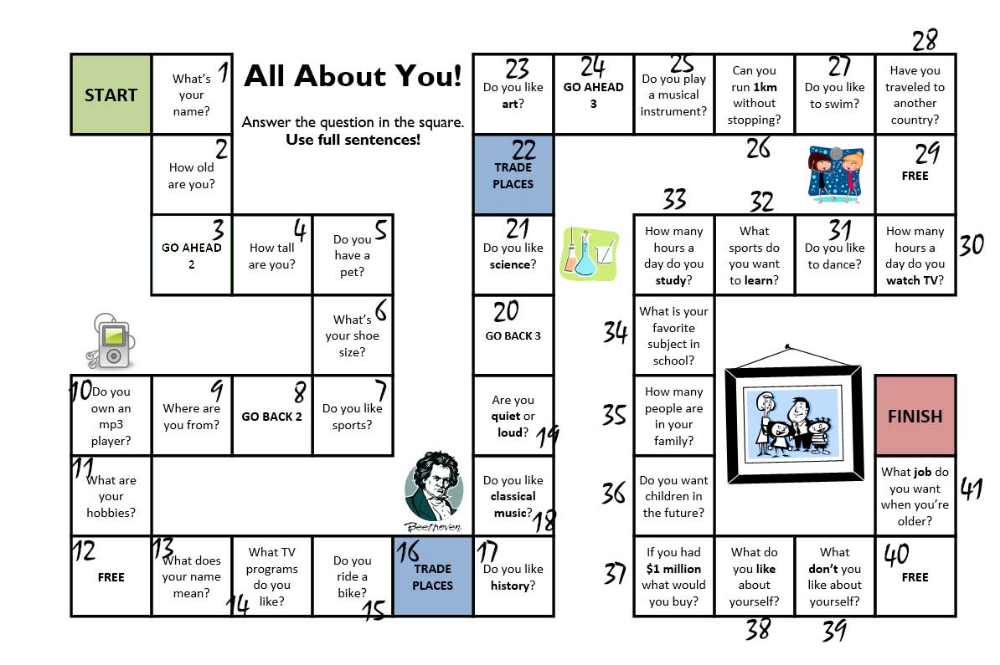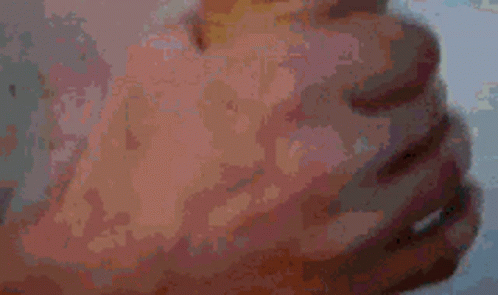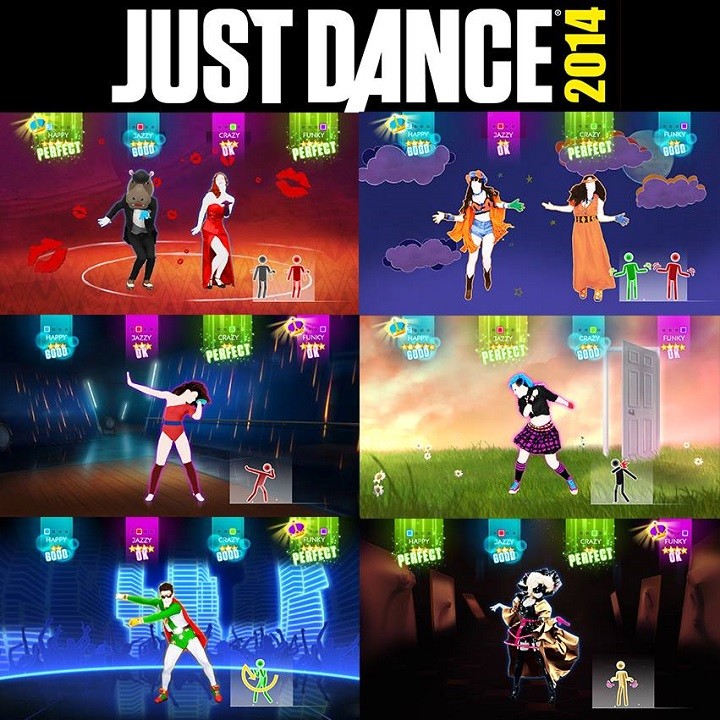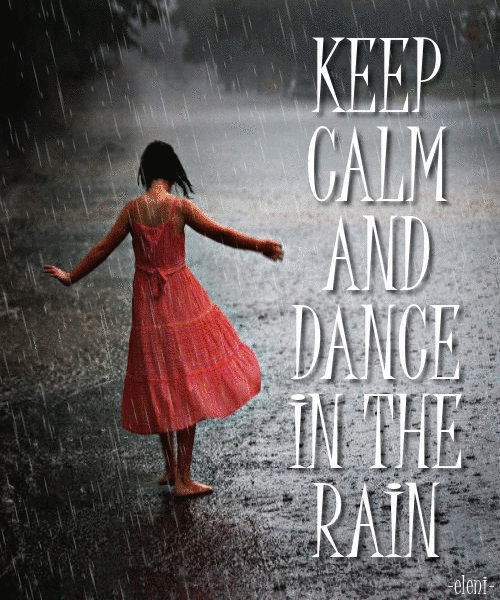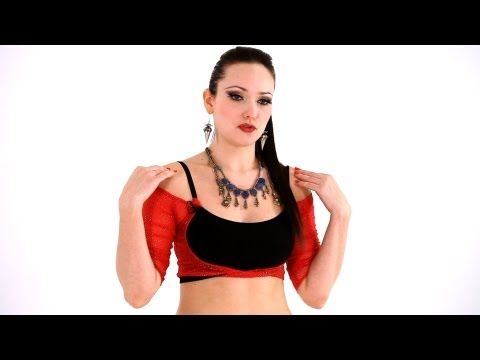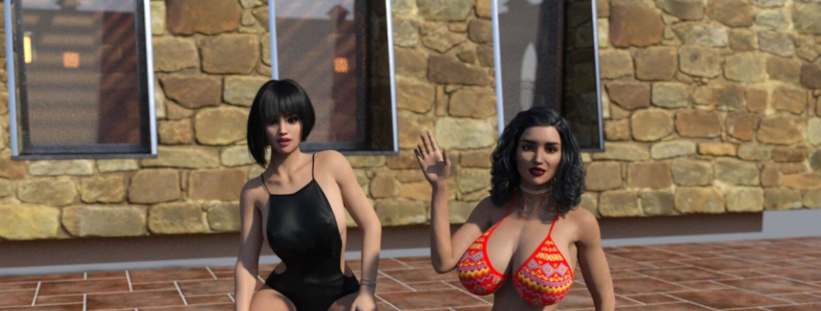How to be a great dancer without lessons
How To Learn Dance With No Dance Classes In Your Area
Many dancers or aspiring dancers live in areas where there are no dance classes, studios, nor communities. If this is you, please don’t be deterred you from starting!
Where there is a will, there is always a way! You can start dancing on your own by making the most of the resources that you do have.
Keep reading to learn how to start learning how to dance – wherever you live.
No dance classes? No problem.
1. Define what type of dance you’re interested in
First, narrow down your scope of interests to a style or a few styles that resonate with you most.
There are so many different dance styles and each have different methods for learning and practicing it.
For example, are you interested in the robotic, eye-tricking motions of Popping? Do you like the athleticism and flair of Breakin’?
Are you drawn to grooving out to old school hip hop music? Are you looking to learn and perform choreographed pieces, like in Urban Dance Choreography?
Think about. Take a second. THEN –
2. Do background research
Once you’ve narrowed it down to one or two, look for online resources that can give you some deeper insight on the style.
For instance, if you want to learn Popping, read up on its history, origins, and basic techniques (the hit is a great place to start).
Test it out with these exercises recommended by Charles Nguyen (from Kinjaz and Poreotics) here.
For you hip hop heads, brush up on where the culture comes from in this article.
Those wanting to get into the Urban Dance world, read this article on what it actually is, and watch videos on YouTube from your favorite choreographers.
3. Find ways to learn online
As you learn more about these different dance styles and cultures, you’ll also gain a better sense of the techniques and key moves that make up the style.
Since you can’t get to a physical studio with teachers who teach that specific style, look up online learning platforms that can teach you the ABC’s – for examples, aspiring Poppers, try Boogie Frantick’s Beginner Popping Program on STEEZY Studio.
For Breakin’ heads, B-Boy and B-Girl Dojo provide an interactive, immersive Breakin’ program that teaches moves, techniques, battle skills, and more.
VincaniTV also has great tutorials on Breaking and Hip Hop styles.
There are some awesome YouTube tutorials on basic House steps by Jardy Santiago, too!
Other online dance classes:
DanceTutorialsLIVE offers tutorials in everything from Twerking to the Dougie.
The amazing Matt Steffanina teaches the hypest pieces to the most popular current music on his YouTube channel.
You can learn from Korea’s best choeographers with 1MILLION Dance Tutorial.
And of course, STEEZY Studio has over 90 online classes where you can learn advanced Urban Choreography pieces, grooves, beginner choreography, and more.
Curious to see how it works? This’ll tell you everything: How To Use STEEZY Studio
4. Get your friends together to practice
If you have friends who are also interested in learning how to dance, then get them together and try out one of these online classes.
Or, freestyle and practice drills together.
Set a weekly day/time to get together and practice at a park, your garage, front lawn, even in your living room.
Even if it’s just 1 other person, having someone share that experience with you creates a sense of community (yes, a community of 2 is still a community!)
5. Commute to take live classes
Yes, it’s kind of a mission to take 2 trains, a bus, and walk 3 miles to get to a studio…
But commuting to take a in-real-life class once in a while is worth it!
You get to be in an environment made for optimal dance training, around other dancers who are trying to learn and grow, and receive instruction from a professional teacher!
You can learn tons of skills online, on your own, from your home…
But nothing can replace a real-life experience, just like how FaceTime can’t replace face to face hangouts.
So save up some money and block out a chunk of your time to experience in-person classes.
Treat it as a vacation, if anything, where you get to indulge heavily in your passion.
While it may take a bit of extra effort, don’t take the fact that there are no dance classes in your area as a handicap.
If anything, you can receive instruction in other ways and supplement your training in ways that best cater to you.
Also, being more self-taught allows for room for you to dance like you, without being too influenced by a particular instructor or regular set of students.
Take advantage of all the resources out there, as well as the freedom to develop your own unique style.
Let’s keep growing together, STEEZY Nation!
Do you have a hard time getting to a dance class? What are some ways you train? Comment and share your advice!
How To Become A Better Dancer: 5 Tips -
So you want to know how to become a better dancer?
Here are 5 important tips that will help you improve as a dancer fast:
1.
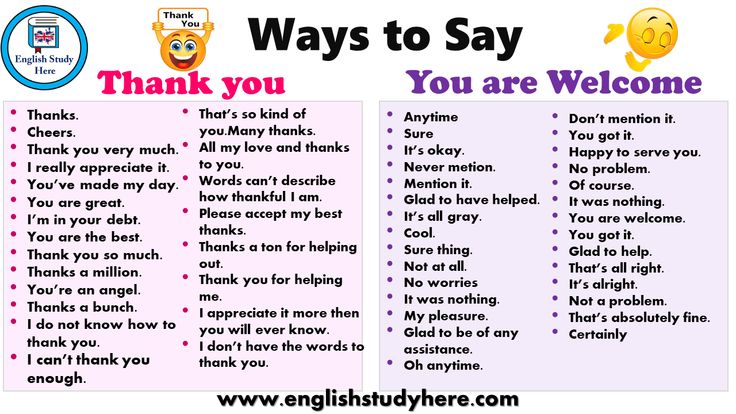 Take Lessons Consistently (You’re not special)
Take Lessons Consistently (You’re not special)Some people think that they can get good without ever taking any dance lessons…
This is a mistake. Think about everything else you ever learned in your life, did you just wing it? No, you probably took lessons to become good at it. The same goes with dancing. You can take lessons in person or online. For in-person lessons you can do group classes or private lessons. For online lessons you can learn from videos. Check out our online Ballroom dance videos here.
Furthermore, it is important to take the time to find the right dance teacher for your goals, because some are definitely more qualified than others. My recommendation is try out a lesson with several teachers before committing to one specific dance instructor. Read our article on what makes a good dance teacher.
2. Practice Daily At Home/Studio
One of the most important habits you need to adopt is daily consistent practice. No matter how naturally good you are, you need to practice if you want to become a better dancer. Many people assume that just because they take lessons, they don’t need to practice. This could not be further from the truth. It is precisely because you take dance lessons, you need to practice even more to make sure you retain everything you’ve been learning.
Many people assume that just because they take lessons, they don’t need to practice. This could not be further from the truth. It is precisely because you take dance lessons, you need to practice even more to make sure you retain everything you’ve been learning.
Becoming a better dancer requires muscle memory. And muscle memory requires a lot of repetition through practice. So don’t overthink it – simply make some room in your living room, get a mirror and practice the things you worked on at your last lesson/class. Check out our practice guide for Ballroom dancers.
3. Have A Goal
One of the fastest ways to improve your dancing is simply to have a goal to work towards. The goal can be a performance at your studio’s showcase or party. It can also be a dance competition. Even if you don’t want to perform you can still come up with a social dance goal such as “be able to dance comfortably at next month’s party”. Be creative with it as there is no wrong or right goals.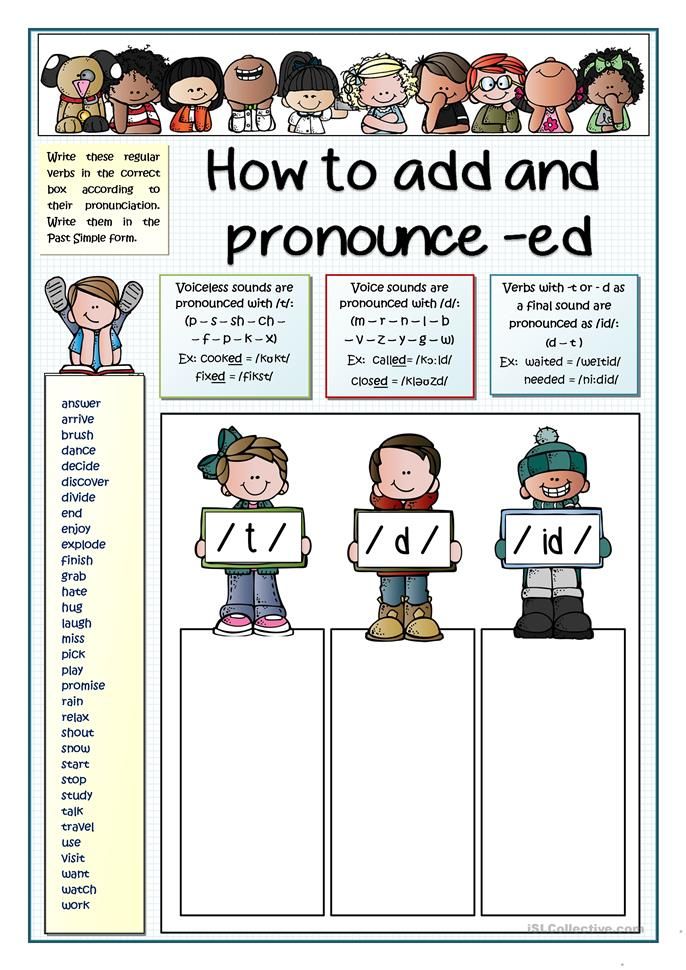 The most important thing is to have one and to have a future date that you’re working towards. This will keep you motivated with your daily practice!
The most important thing is to have one and to have a future date that you’re working towards. This will keep you motivated with your daily practice!
4. Feel your body
After you’ve learned the mechanics of the steps and routines, you need to make sure that you let your body “Feel” the movements so that all the steps and styling can really sink in to your muscle memory. You don’t want to be stuck in your head when you’re practicing or taking lessons, you need to be in “your body” to retain the dance moves, and progress faster.
After you got it pretty good, just put on the music and try to feel your body going with the music… This will also add enjoyment to your dancing.
5. Keep yourself inspired
It is critical to work on staying inspired and motivated with your getting better in dancing goal. Life gets in the way, so some days you will be more inspired than others… The key is to figure out some specific triggers that can energize you quickly to get back in the groove, whenever you’re not feeling it.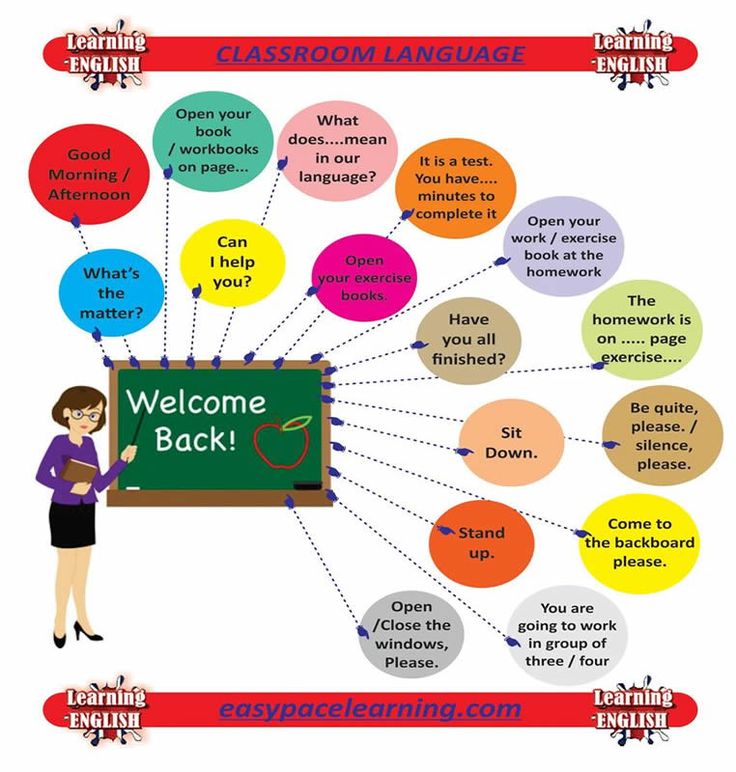
For example, let’s say you don’t feel like going to your dance practice today. What you can do is watch some videos of your favorite dancers performing your favorite choreography on youtube!
That should get you back on track fast.
Watch Video – 5 Tips For Improving As A Dancer:
What do you think? Leave a comment below.
By: Leon Turetsky
Professional dance instructor
Related:
More Dance Articles & Tips
Types of ballroom dances
Styles of Latin Dances
types of flexibility and basic stretching exercises
Contents
A flexible body, elastic muscles and mobile joints are the key to beauty and health at any age. Flexibility is not only innate, but also an acquired quality. Without a doubt, every dancer should have it.
What is flexibility
Flexibility is the ability of the body, namely muscles, ligaments and joints, to give maximum amplitude in various movements and physical exercises.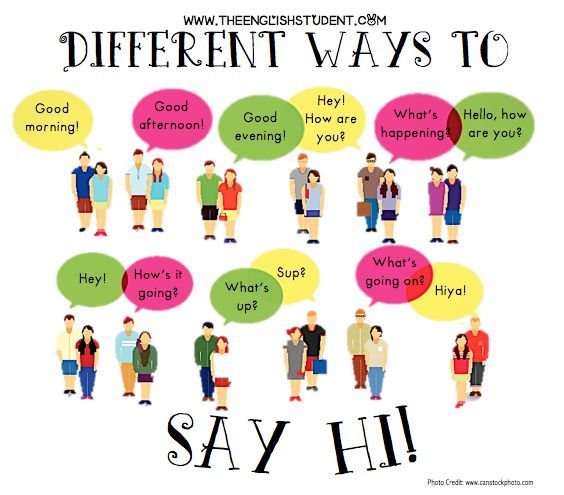
The flexibility of the body depends on genetics, the structure of the joints, the elasticity of the tendons. This indicator is also related:
- with age. Children and adolescents tend to be more flexible than adults;
- with floor. Women are naturally more flexible than men;
- with the level of physical fitness and fitness.
Types of flexibility as it happens
There are several varieties:
- Dynamic flexibility is the maximum possible range of motion in a joint without any outside help. For example, standing against a wall, the athlete raises the leg to the highest possible level and holds it for several seconds. Also, the dynamic view is fixed when performing exercises, for example, with swings;
- Passive (static) flexibility always exceeds active dynamic. It is achieved with an external impact on the joint. For example, the athlete or his partner holds the raised leg with the hand in maximum amplitude;
- Special refers to the mobility of specific joints.
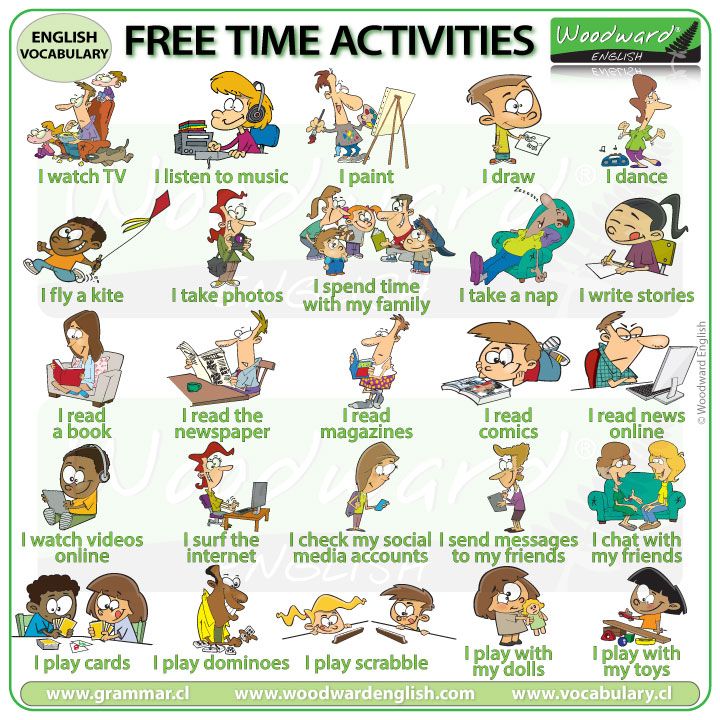 Different sports and dances require different levels of joint mobility;
Different sports and dances require different levels of joint mobility; - Anatomical. Habitual daily movements in terms of joint mobility are very limited. Use of the reserve of pledged flexibility up to 95% occurs only during special classes;
- Excessive flexibility is dangerous, as the stability of the joint is lost and the maximum stretching of muscles and ligaments is reached. This is fraught with injuries (dislocation, rupture, sprain).
Sign up for a trial lesson
Why flexibility is important for dancers
Good flexibility is the key to beautiful amplitude movements and speed of changing positions
A flexible body is more responsive, plastic and enduring. Good amplitude in the work of all joints gives excellent coordination between all parts of the body.
These motor indicators are extremely important in dance. Movable joints and stretch-responsive muscles make the body supple, able to quickly perform complex movements and ligaments.
Flexibility can be improved by regular stretching.
What exercises help to develop flexibility
Stretching (from the English "stretching") always begin with a quality warm-up of the whole body. Pulling muscles and ligaments is possible only in a heated state. To do this, it is enough to perform a warm-up of 2-3 dynamic exercises, involving all the main joints.
Flexibility exercises:
- Neck . Grab your head with your right hand and press your ear against your right shoulder, stretching the left side of your neck. Lock the position for 30 seconds. Repeat with your left hand.
- Spine, thoracic . Starting position on all fours. Bend your back down and lift your head up, remaining in the position for 10-15 seconds. Arch your back up, lowering your head down. Hold the position for another 15 seconds. Repeat several times at a slow pace.
- Spine, back of thighs .
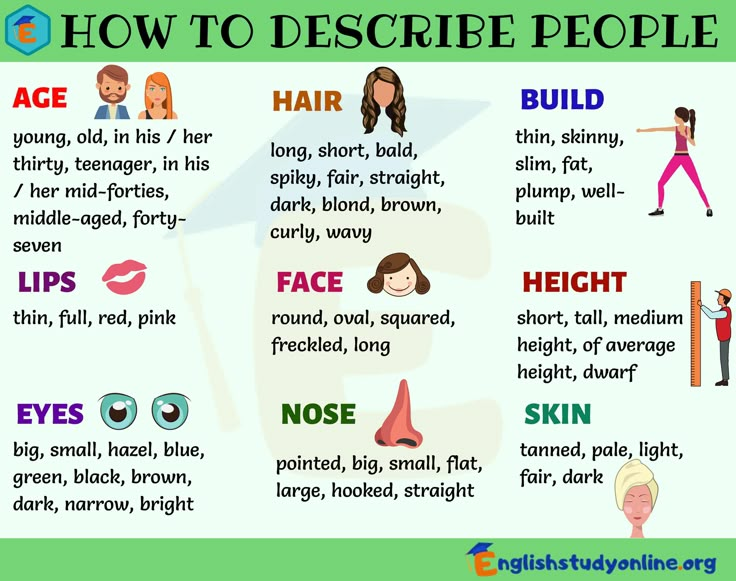 An exercise from the arsenal of yoga "Downward Dog". Place your feet and hands on the floor shoulder-width apart and bring them closer until you reach the body in an inverted V. The foot is completely on the floor, legs are straight. For greater effect in position, you can sway slightly, creating a arch in the back.
An exercise from the arsenal of yoga "Downward Dog". Place your feet and hands on the floor shoulder-width apart and bring them closer until you reach the body in an inverted V. The foot is completely on the floor, legs are straight. For greater effect in position, you can sway slightly, creating a arch in the back. - Spine, core muscles . Lying on your stomach, bend your knees, bring your feet to your buttocks. Wrap your arms around your feet and pull your legs back and up. The thoracic spine takes the maximum deflection. The position is fixed for 20-30 seconds.
- Hip Extension . Lunge forward with your right foot and shift your weight onto it. Tilt your body forward and lean on your elbows. Maintain the position for up to 30 seconds. Repeat with the other leg.
- Lateral Thigh Extension . Sitting on the floor, spread your legs as wide as possible.
 Place your body and arms on the floor as far as possible. Stay in position for up to 30 seconds.
Place your body and arms on the floor as far as possible. Stay in position for up to 30 seconds.
Tips from experienced choreographers for stretching
Flexibility exercises are performed at a calm pace, the muscles are stretched until a slight tolerable pain appears. In each position, you should stay up to 20-30 seconds, holding the maximum amplitude of the stretch.
For general flexibility development, it is enough to stretch 1-2 sessions per week as a small addition to the main workout. The presented set of flexibility exercises is one of the possible options for this form of training.
If increasing the flexibility of the body is the main task, then it is worth doing stretching in the format of a full-fledged lesson. We recommend starting stretching under the guidance of an experienced instructor.
Benefits of working with a coach:
- safety : no risk of injury;
- effectiveness : the coach selects the exercises based on the physical data of the student;
- speed : a professional instructor uses techniques to achieve maximum results in the shortest possible time.
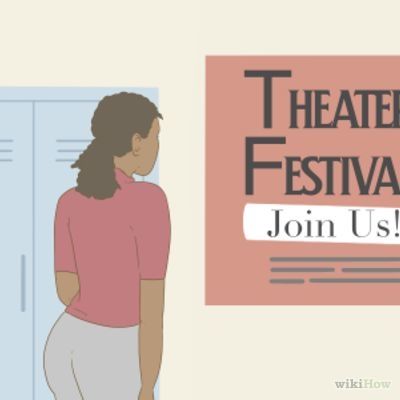
The dance studio "La Boca" is open for stretching and stretching. Classes are conducted by a professional ballerina Victoria Krivtsova and an international master of sports in Latin American dances Olga Dubravina. Lessons are held in small groups and with an individual approach to everyone.
Sign up for a trial session and experience the benefits of stretching with a professional.
How to become a choreographer? Dancer Tips | Culture
Choreographer
Choreographer is a choreographer, director of dances and ballet performances. A choreographer can work in the theater, make productions for clips and performances by stars, teach other people to dance. Choreographers are very popular people (for example, a dancer from England, Francisco Gomez, is known to many people, even those who are far from dancing) and earn very well. The net income of the richest choreographer in 2014 was $288 million.
Styles
Before you become a choreographer and learn to dance, you need to decide on a style. There are a lot of styles in dancing: ballet, ballroom dancing, modern, folk, swing and others. Nowadays, modern dances are gaining the most popularity, especially hip-hop, but do not forget about ballroom dancing and ballet. To choose a style, you just need to see what kind of person you are. If you like to improvise, choose hip-hop. Lovers of pair dances should take up ballroom dancing.
There are a lot of styles in dancing: ballet, ballroom dancing, modern, folk, swing and others. Nowadays, modern dances are gaining the most popularity, especially hip-hop, but do not forget about ballroom dancing and ballet. To choose a style, you just need to see what kind of person you are. If you like to improvise, choose hip-hop. Lovers of pair dances should take up ballroom dancing.
Dance schools
When you have chosen a style, you need to go to a dance school or studio. There are a lot of them now and it is difficult to choose, but many schools have trial classes. Through this activity, you will be able to understand if you like this school. When choosing a school, pay attention not only to the price and its authority. Watch the video of student performances. Talk to the students who work there. They will advise you.
Training at home
Training at school is not the main thing. Since you will have a maximum of 3 days a week of training with a teacher, and this is very little, you need to train at home. Fortunately, there are all conditions for this. There are a lot of videos and dance lessons on the Internet. Also practice at home what you learned in training. Stand in front of a mirror and dance, try it, or better turn on the camera and let it take pictures of you while you dance. Then see what didn't work for you and work on it.
Since you will have a maximum of 3 days a week of training with a teacher, and this is very little, you need to train at home. Fortunately, there are all conditions for this. There are a lot of videos and dance lessons on the Internet. Also practice at home what you learned in training. Stand in front of a mirror and dance, try it, or better turn on the camera and let it take pictures of you while you dance. Then see what didn't work for you and work on it.
Train others
If you feel like you have ideas, you know a lot, then it's time to train others. You have to be not only an excellent dancer, but also a good teacher. Many famous dancers started training children at the age of 15. Through teaching, the choreographer not only earns money, but also gains experience from his students, and passes on his experience to them.
How to become a famous choreographer?
Every dancer wants to be known.